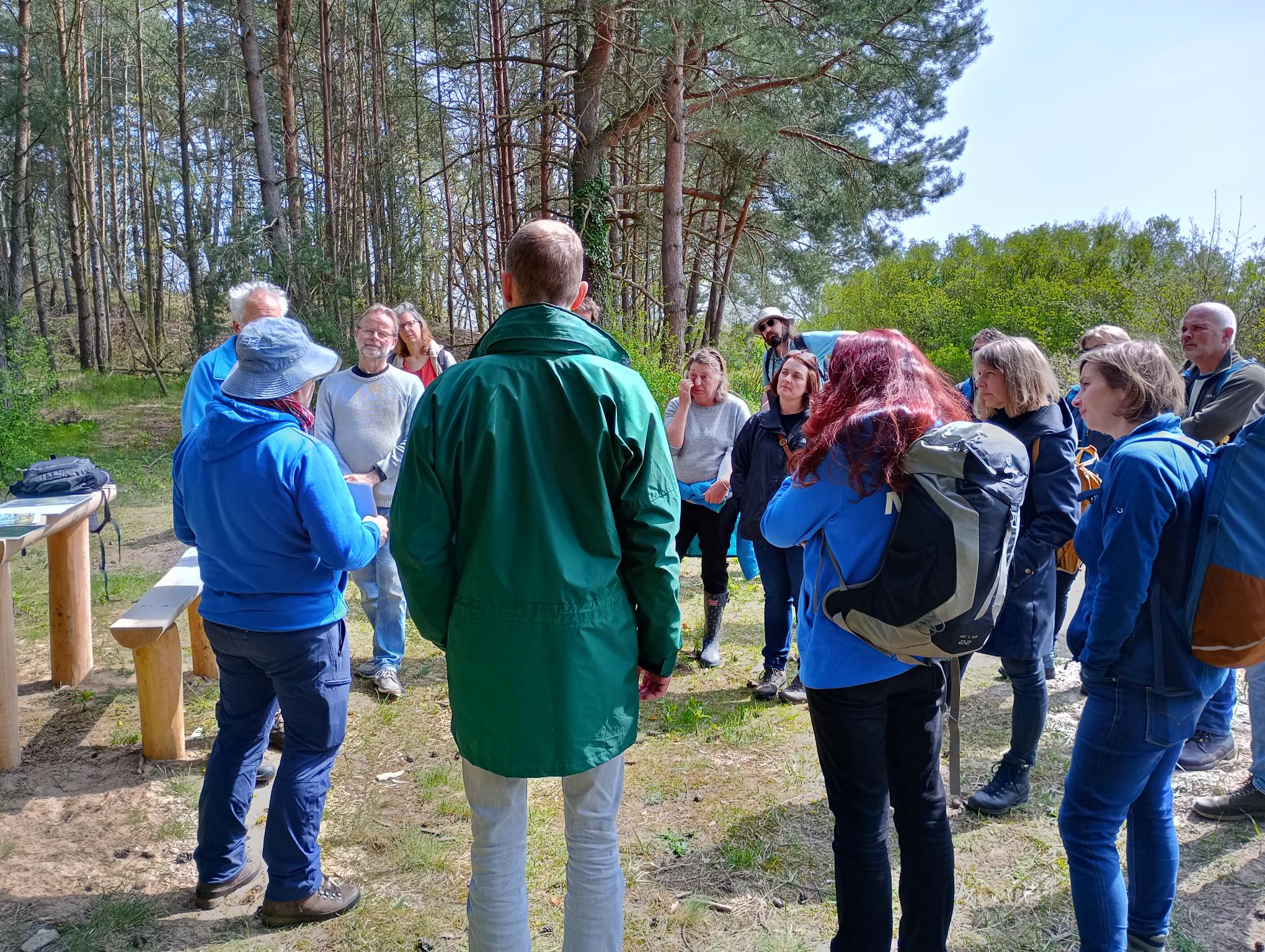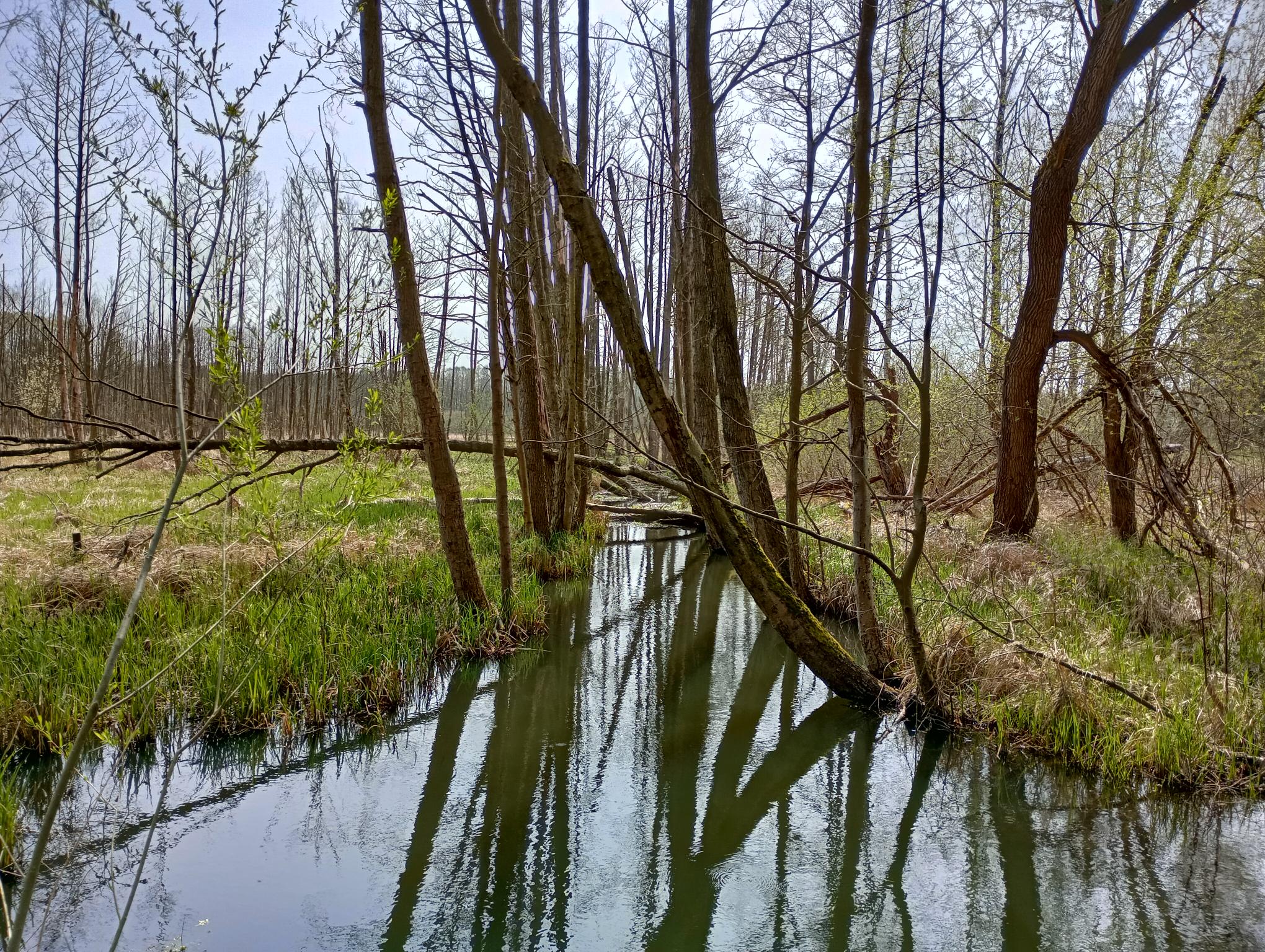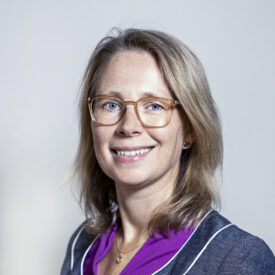Peatlands blog 1 -“We know the surface of the moon better than we know peatlands” – R. Lindsay

Last week I was in Berlin at the LIFE platform meeting The benefits of peatland restoration for Europe. The meeting was hosted by NABU, the oldest and largest nature conservation association in Germany. You can see that a lot is happening in the field of peatland restoration, but much more is needed if we want to preserve these special natural areas permanently.
Peatlands provide important ecosystem services worldwide, including climate and water regulation and the maintenance of biodiversity. Although peatlands cover only 3 percent of the earth’s surface, degraded peatlands are responsible for almost a quarter of the carbon emissions from the land use sector. It is therefore important to restore these peatlands and to preserve the untouched peatlands.
Best practices
Some 100 top experts and representatives of LIFE (and Interreg) projects met in Berlin on 26-28 April to share best practices and policy developments for peatland restoration. I was there for my work for the European Commission where we, together with 70 experts, help with the regulations and certification to promote the removal of CO₂ from the air. This concerns both CO₂ storage in agriculture and forests and in peatlands.
Take-aways
The common thread running through the presentations is that an integrated landscape approach is needed to ensure the recovery of the entire ecosystem. This not only concerns the storage of carbon but also, for example, combating the risk of flooding and safeguarding biodiversity.
Furthermore, the use of non-sustainable peat products must be phased out. For example, most people still use peat potting soil. This contributes to the fact that peatlands are still being dug up. This releases a huge amount of CO₂.
The experts also agreed that it is of great importance to develop a standard for the global monitoring of GHG emissions and the collection of data. This is essential so that everyone can use each other’s data and that it becomes clear which recovery measures work best in which place. This supports the European Commission’s plans to establish a certification system.
And for a successful and long-lasting impact, EU and national policies need to be aligned and linked to peatland restoration.
Peatlands restoration in practice

The last day was a field trip to Biesenthaler Becken where LIFE Peat Restore is implementing restoration measures. The aim of LIFE Peat Restore is to mitigate climate change in the lowlands of five countries around the Baltic Sea: Germany, Poland, Lithuania, Latvia and Estonia. LIFE Peat Restore reduces CO2/GHG emissions by restoring degraded peatlands in eleven project regions. These peatlands have been affected by drainage and peat extraction, despite their protected status. We visited several restoration areas and learned about the restoration measures and the monitoring results.
LIFE Peat Restore is by no means the only project and that alone is encouraging. There were representatives from more than 15 Europe-wide peat restoration projects: LIFE Moor Space (UK); Interreg Care Peat (BE, FR, IE, NL, UK); LIFEraisedbogs (DK); LIFE Hannoversche Moorgeest (DE); Hydrology LIFE (FI), LIFE Irish raised bogs (IE); LIFE ANTHROPOFENS (FR); Interreg CANAPE (UK, DK, DE, BE, NL); LIFE Green Valleys (BE, PL); LIFE Peat Restore; LIFE IP Peatlands and People (EI); LIFE OrgBalt (LV); LIFE REstore (LV); LIFE RESTITUO (FR); LIFE MULTI PEAT (DE, BE, NL, IE, PL); LIFE IP Wild Atlantic Nature (IE) en Pennine Peatland (UK).
Disbelief
What I will remember most is the disbelief that building a single 20 km motorway in the Netherlands will cost the same as all 100 peatland restoration projects carried out between 2000 and 2023 combined. If peat restoration is so important for our water, biodiversity and carbon storage, isn’t it high time that we all started contributing to it?
Want to know more about peatland restoration? Then contact Jasmijn Sybenga or read her blog about Flow Country or her dissertation
Want to
know more?
Contact us!



